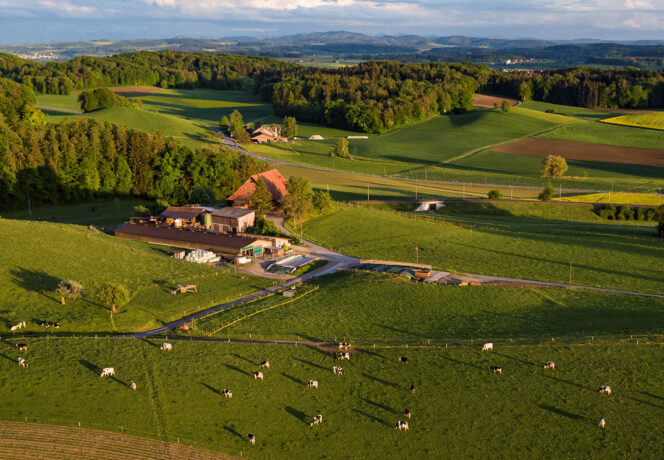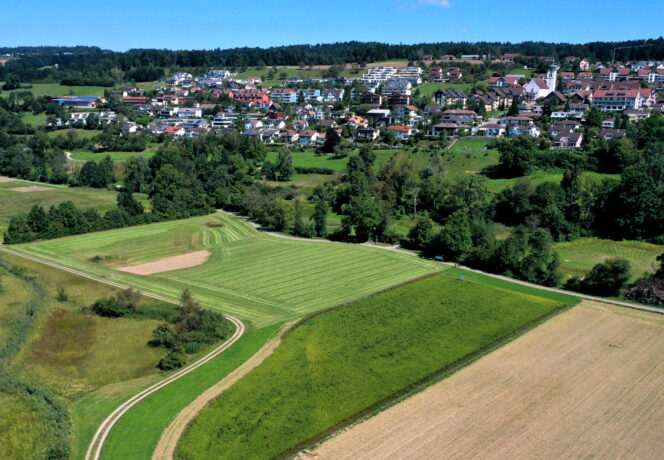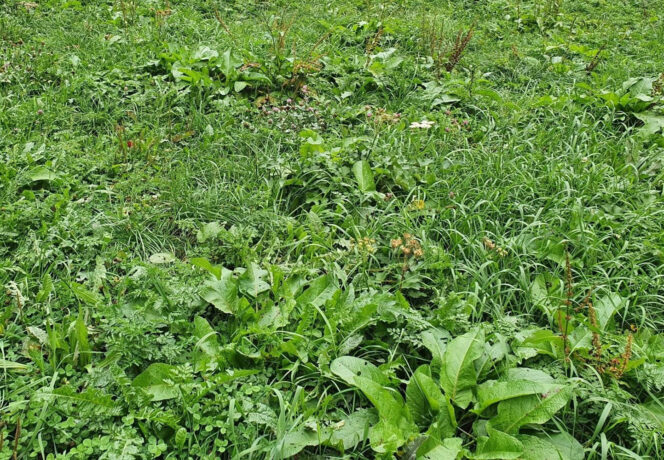Diversity of arbuscular mycorrhizal fungi in field crops using no-till and conventional tillage practices
Since 1994, a comparison of no-till and conventional tillage systems has been underway on the Oberacker long-term field trial site at the Inforama Rütti education and extension centre in Zollikofen, Berne canton. The present paper investigates the influence of the two cropping systems and various field crops, including catch crop mixtures, on the diversity of arbuscular mycorrhizal fungi (AM fungi). For this, fungal spores were isolated and morphologically classified. Around two-thirds of the 39 species identified were present in both cropping systems. All crops were found to have greater biodiversity and greater diversity according to the Shannon-Weaver index in the no-till system (15–21 species and H = 2.12–2.86, respectively) than in the conventional tillage system (10–17 species and H = 1.77–2.56, respectively). Winter cereals tended to harbour a lower number of species than did a catch crop mixture which was grown. The characteristic species for the long-term no-till system is Septoglomus constrictum, whilst Funneliformis caledonius is the characteristic species for the plots under conventional tillage. Encouraging specific mycorrhizal fungal communities could make a substantial contribution towards an efficient and effective no-till system.
Full PDF
Diversity of arbuscular mycorrhizal fungi in field crops using no-till and conventional tillage practices



